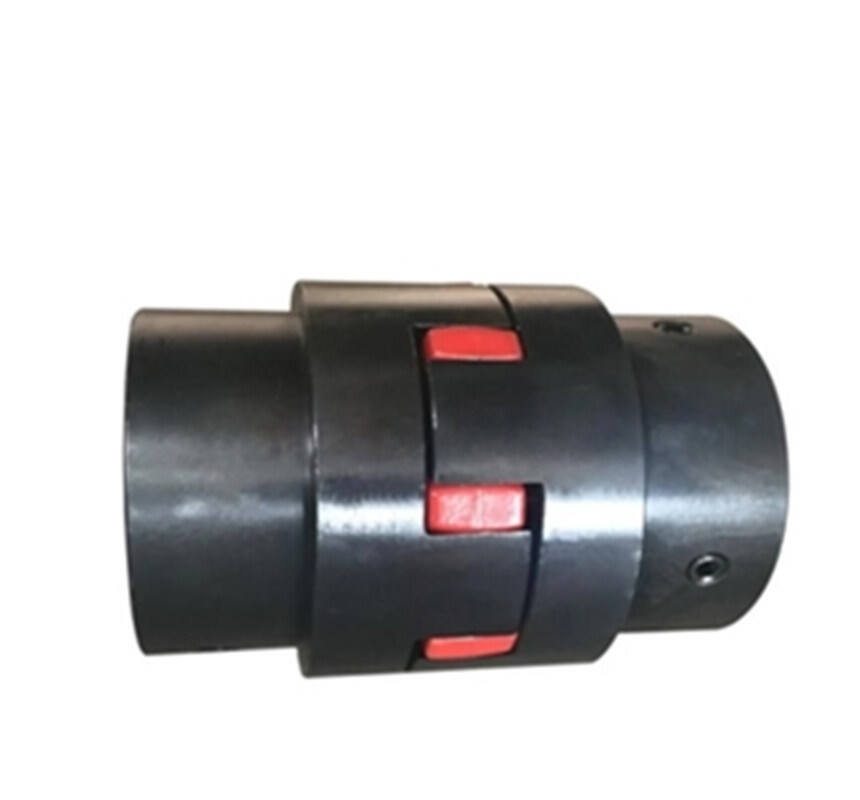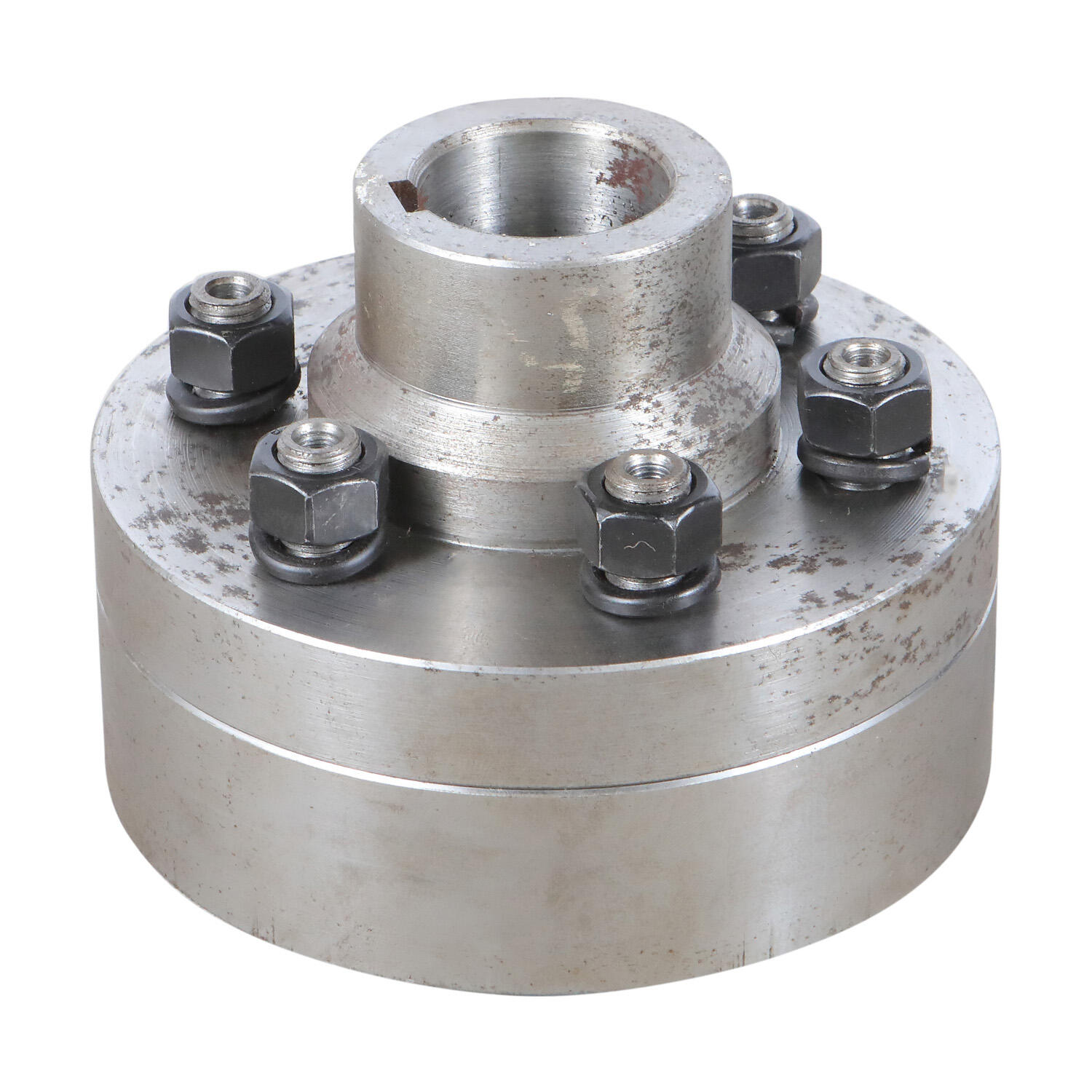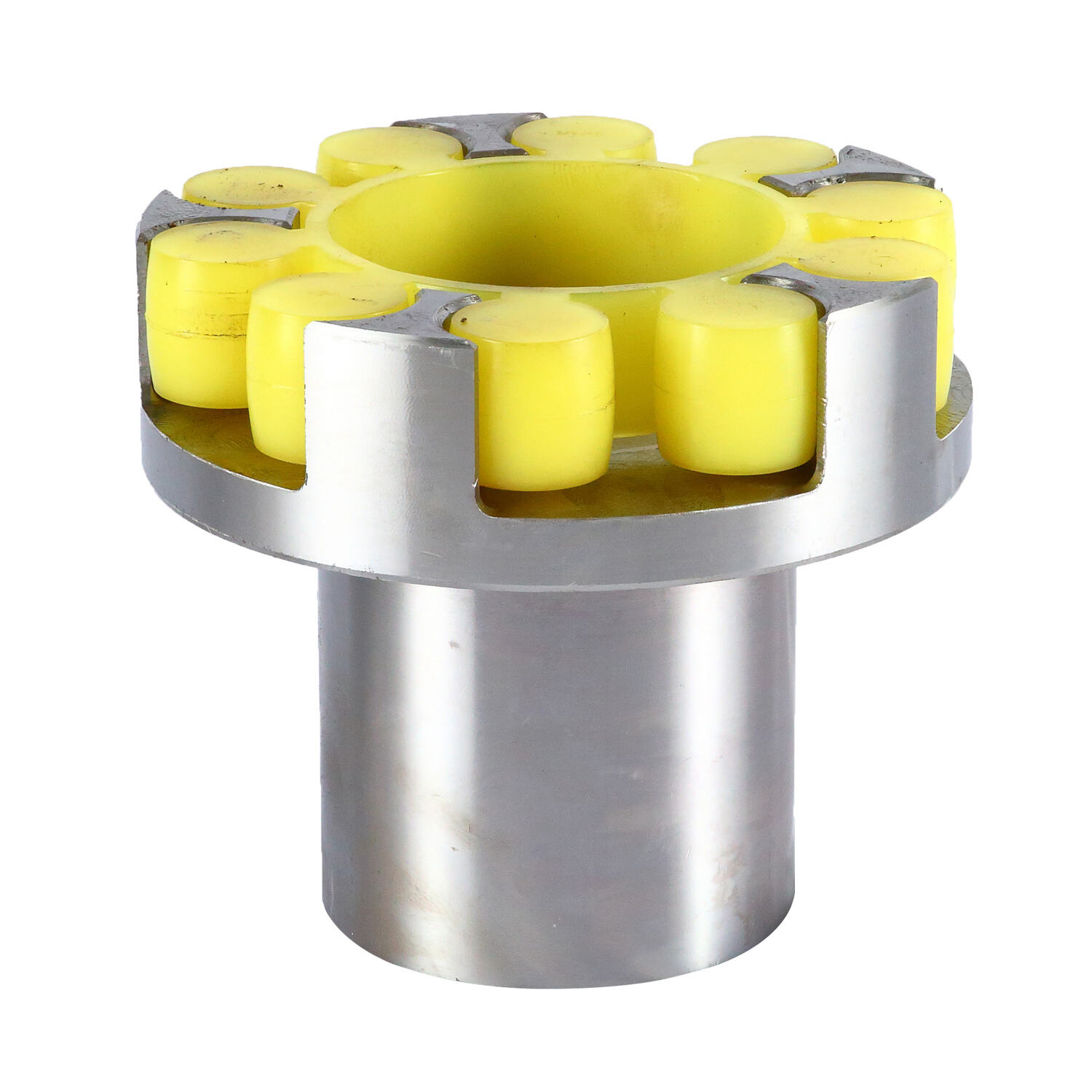flexible joint coupling
A flexible joint coupling is an essential mechanical component designed to connect two shafts while accommodating misalignment and movement between them. This versatile device serves as a crucial link in power transmission systems, effectively transferring rotational force while compensating for angular, parallel, and axial misalignments. The coupling's design incorporates elastomeric elements or flexible materials that absorb vibrations and shock loads, protecting connected equipment from damage. Modern flexible joint couplings feature advanced materials and precise engineering to ensure optimal performance across various industrial applications, from heavy machinery to precision instruments. These couplings come in various configurations, including disc, beam, and elastomeric designs, each optimized for specific operating conditions. The technology behind flexible joint couplings has evolved to meet increasing demands for reliability, maintenance-free operation, and enhanced performance in challenging environments. Their ability to operate efficiently while maintaining proper alignment makes them indispensable in manufacturing, power generation, and processing industries. The coupling's design also allows for thermal expansion and contraction of connected equipment, ensuring consistent performance across varying operating temperatures.


